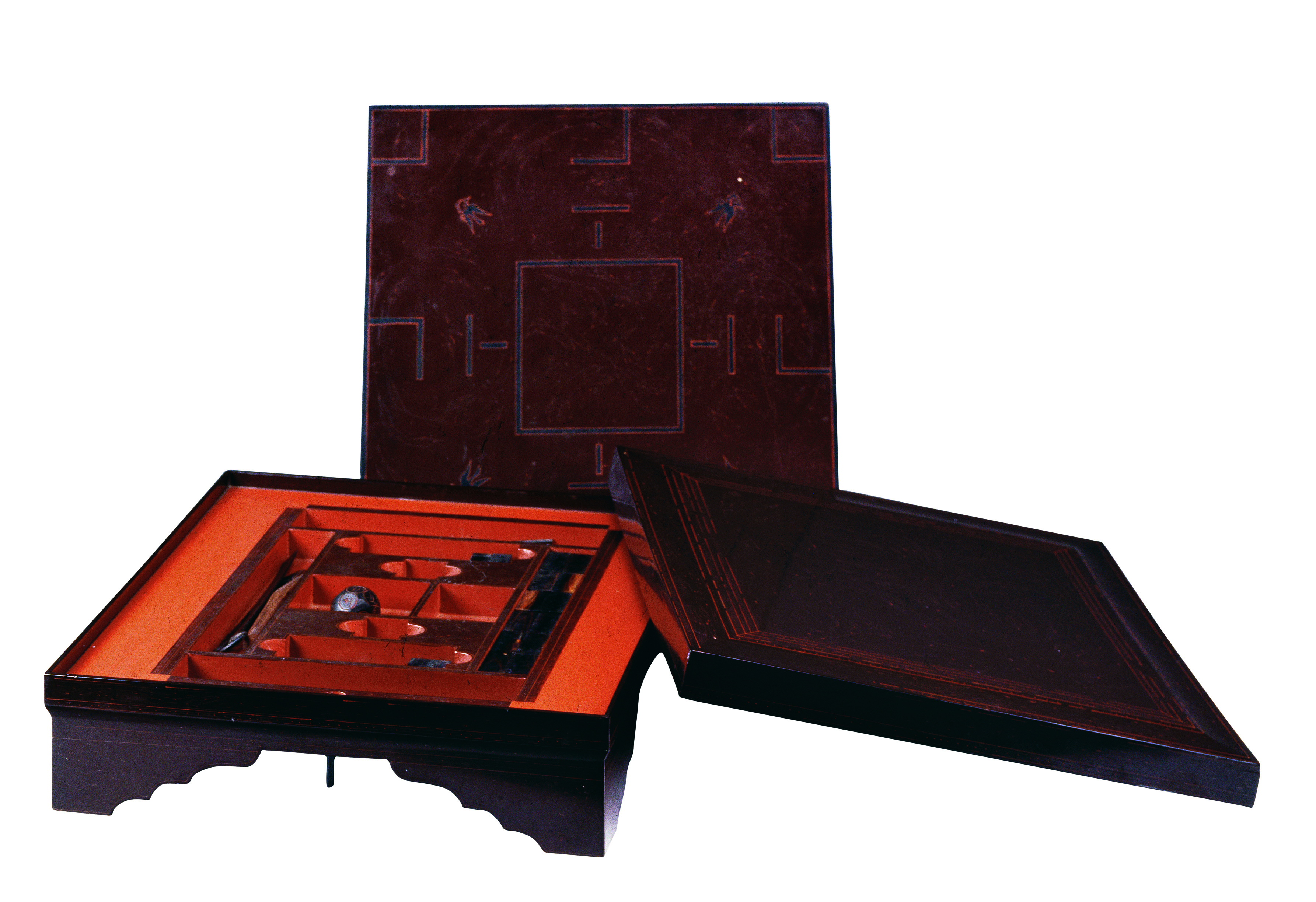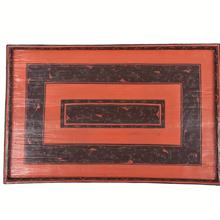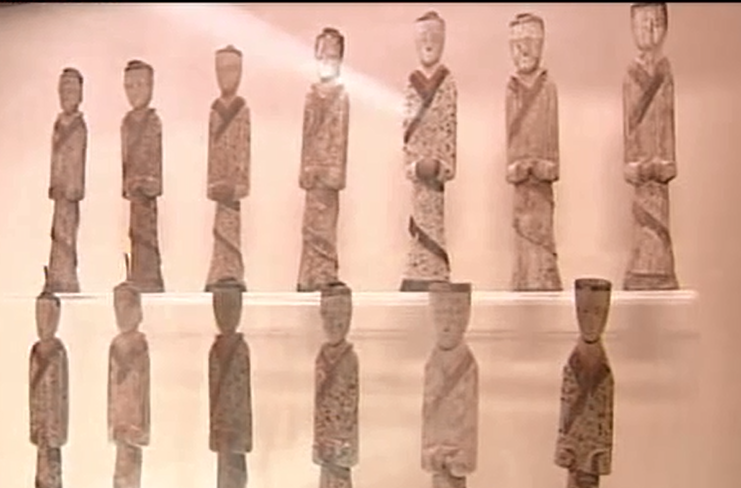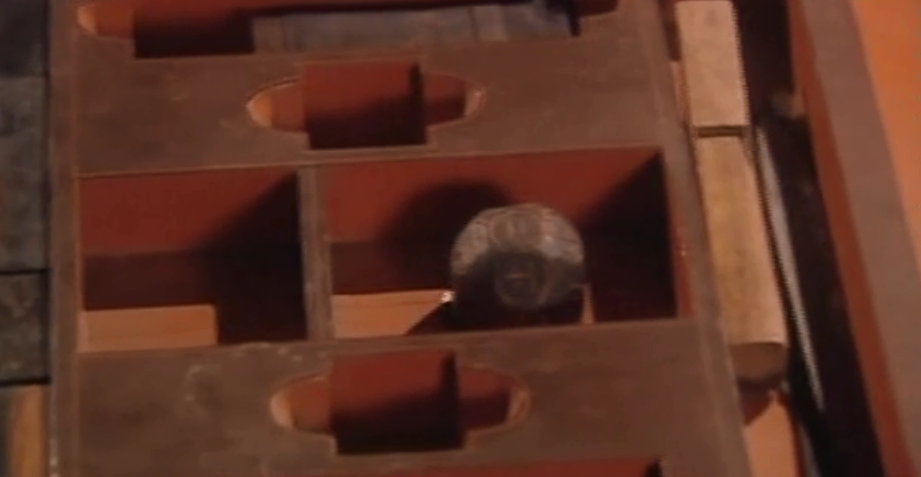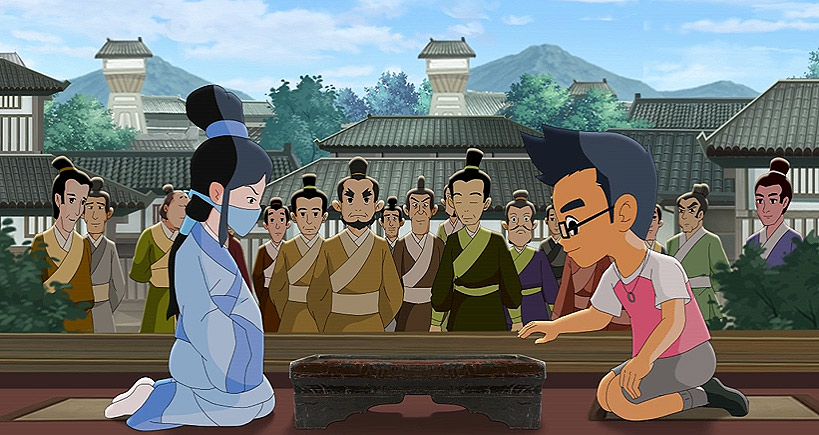Dimensions: Side length: 45.5cm; overall Height: 17cm;
Origin: Unearthed from Han Tomb No.3 at Mawangdui, Changsha in 1972
Bo is an ancient game of victory or failure and gains or losses. Already in existence before the Qin Dynasty, it became extremely popular during the Han Dynasty. According to archaeological excavation reports, among the more than 30 unearthed ancient bo real objects (including burial objects), seven of them come from tombs of the Warring States Period and Qin Dynasty, and over twenty from tombs of the two Han Dynasties.
This set of bo chess unearthed from Tomb No.3 at Mawangdui is fairly complete. More importantly, it matches the record in “inventory of burial objects” unearthed from the same tomb, thus allowing us to know something about the use of the pieces: mainly the chessboard, the chessmen, the chips, the dice, the knife, the xue and the small spade, all placed inside a wooden box.
